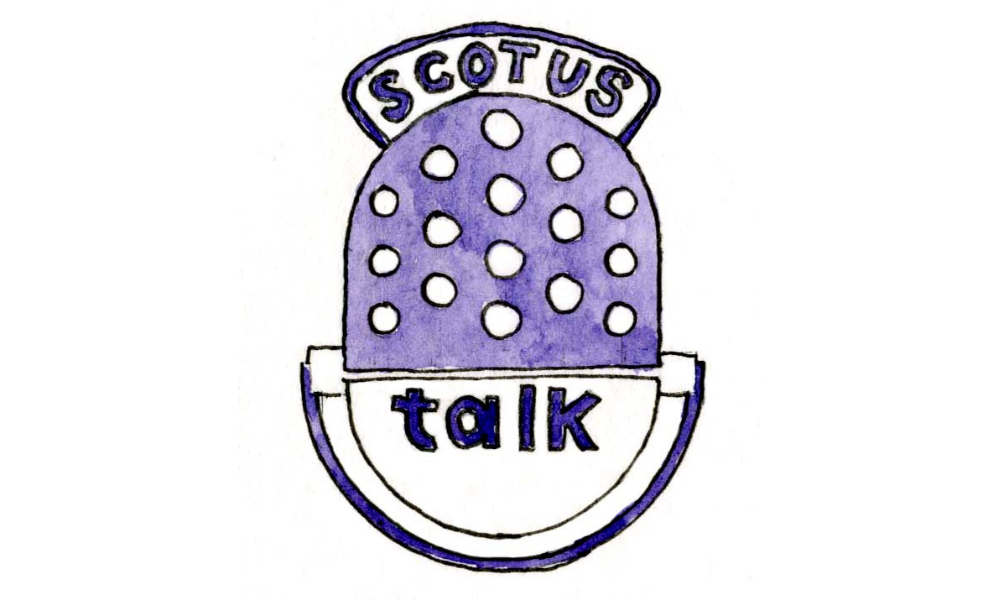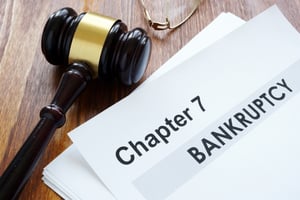How Creditors are Paid in a Bankruptcy in St. Paul, Minnesota
A claim in a bankruptcy case is essentially a creditor’s assertion of the dollar amount that is due and owing from the debtor, as of the date the bankruptcy petition was filed. A claim establishes a creditor’s right to receive future payments from a debtor’s bankruptcy estate, assuming that there are assets and money available for distribution. The distribution of money to creditors is subject to the priority rules laid out under the Bankruptcy Code. The Bankruptcy Code’s definition of a claim is very broad. A claim does not have to be a fixed amount that is due at the time the bankruptcy case was filed – it could merely be an estimated amount or unliquidated. A claim must be “allowed,” before the claim holder or creditor can be entitled to receive any distributions from the bankruptcy estate.
A proof of claim is a form that creditors must file with the court in order to prove their claims in the bankruptcy, and they must file a proof of claim before they can get paid in a bankruptcy case. The proof of claim informs the bankruptcy trustee the type of claim the creditor is asserting and it informs the trustee how much is owed to the creditor. The bankruptcy trustee needs this information in order for the correct amount to be paid to the creditor. A proof of claim is deemed as “allowed” upon its filing, unless the debtor, trustee, or another party in interest files an objection to the claim. When a debtor’s bankruptcy case is filed, all creditors listed in the schedules will receive notice of the bankruptcy case. This notice will include a claims bar date deadline, which is the last day a creditor can file its proof of claim form. Early on in a bankruptcy case, the bankruptcy trustee will inform creditors as to whether there will be any money left for claims to be paid. A Chapter 7 “no asset” bankruptcy case, is a case in which there is no money left in the estate to be paid to creditors. If a bankruptcy case is a Chapter 7 “no asset case,” then the creditors will not file proof of claim forms because there will not be any assets in the estate to be distributed. In a Chapter 7 or a Chapter 13 “asset case,” there will be funds available for the trustee to distribute to creditors, and these claims will be paid subject to the priority rules under the Bankruptcy Code. Some claims, such as domestic support obligations, have a “priority” status and are paid before other claims. Claims that do not have a priority status, will likely receive little and will not be paid in full.
CALL NOW FOR A FREE STRATEGY SESSION FROM A MN BANKRUPTCY LAWYER AT LIFEBACK LAW FIRM
To learn more about the different statuses of your creditors’ claims and which creditors in your bankruptcy case will get paid first or if at all, come see us at our new location in St. Paul, Minnesota, or at our website at LifeBackLaw.com!






